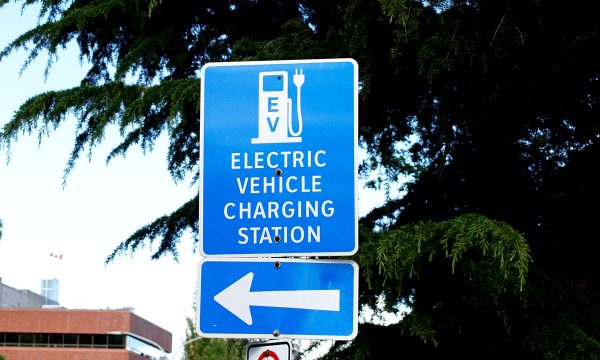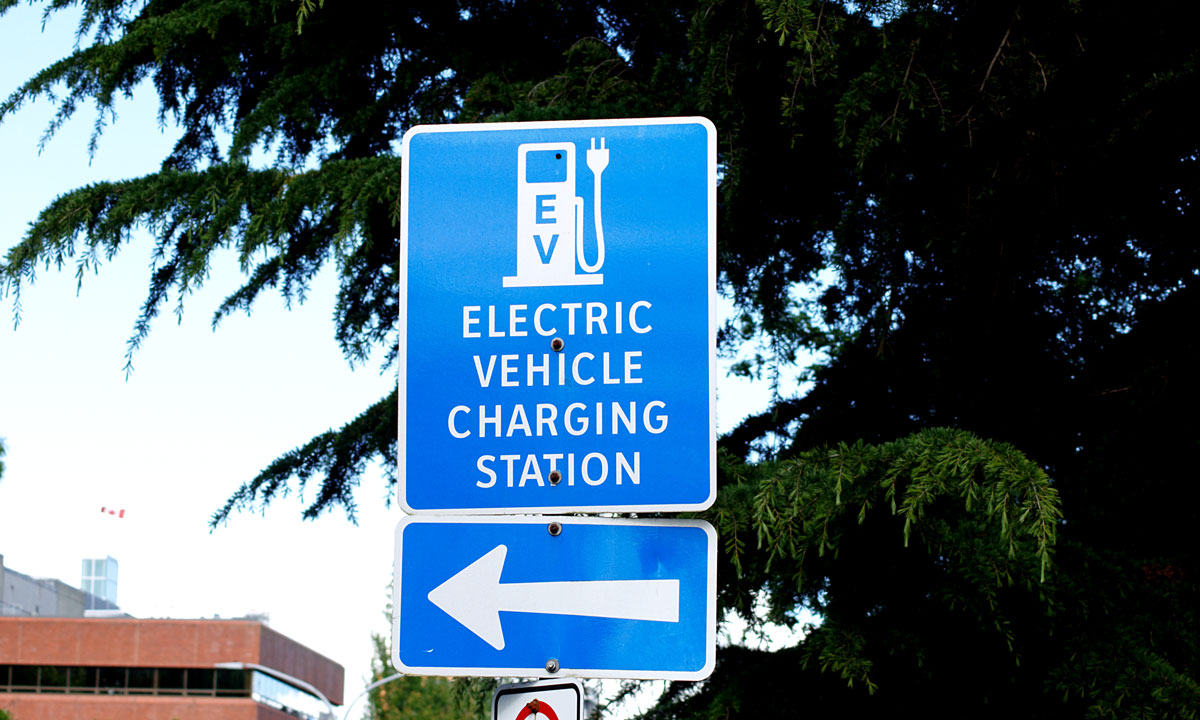
Eighty per cent of global commercial fleet leaders would like to electrify 25 per cent of their fleets by 2030, according to Frost & Sullivan.
A new report, commissioned by WEX and conducted by Frost & Sullivan, provides insights into what commercial fleet leaders in North America, Europe, and Asia-Pacific are aiming to achieve in terms of fleet electrification. The study underscores the rapid progress coming about and the expectations around EV adoption by 2030.
“The study demonstrates that there is still high ambition to integrate EVs into fleet operations, not just to meet sustainability targets but to enable more cost-effective operations,” said Dr. Jose Pereira, Director in Frost & Sullivan’s Mobility Advisory practice, in a statement. “However, achieving this transition presents significant challenges.”
Nearly half the leaders surveyed aim to have 50 per cent or more of their fleet consisting of EVs by 2030. However, Frost & Sullivan said the transition to a mixed-energy fleet that integrates both EVs and internal combustion engine (ICE) vehicles will take time. Still, fleet managers are working to speed up the process.
“A key issue is understanding how to develop an optimal EV adoption roadmap that balances the initial investments in vehicle and charging infrastructure costs with the operational savings opportunities that come from lower electric fuel costs, reduced servicing and extended vehicle service life, as well as the improved driver satisfaction and wellbeing from quieter and smoother vehicles,” said Pereira.
Managing a combination of traditional and electric vehicles means ensuring EV infrastructure at the site remains online. And that fleet managers are optimizing energy costs through better scheduling and route planning, as well as managing payments from several charging locations. Doing this means adjustments will need to be made.
















